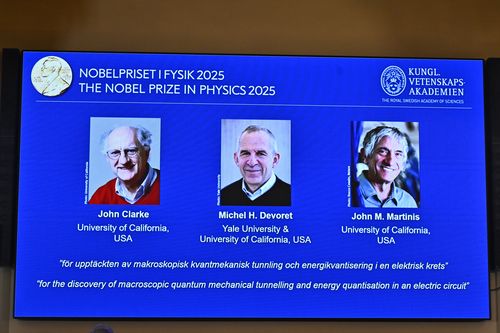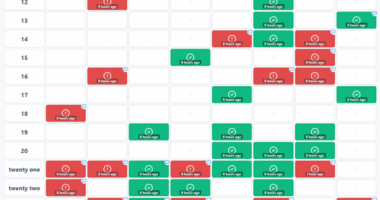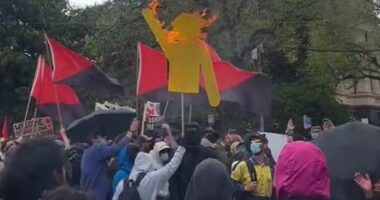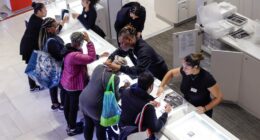Share this @internewscast.com
John Clarke, Michel H Devoret, and John M Martinis were awarded the Nobel Prize in Physics on Tuesday for their pioneering research into quantum tunneling, a field that, although it seems obscure, is enhancing digital technology.
At the University of California, Berkeley, Clarke conducted his research; Martinis worked at the University of California, Santa Barbara; and Devoret carried out his studies at Yale and also the University of California, Santa Barbara.
“To put it mildly, it was the surprise of my life,” Clarke told reporters at the announcement by phone after being told of his win.

He paid tribute to the other two laureates, saying that “their contributions are just overwhelming”.
“Our discovery in some ways is the basis of quantum computing. Exactly at this moment where this fits in is not entirely clear to me.”
However, speaking from his mobile phone, Clarke added: “One of the underlying reasons that cellphones work is because of all this work.”
The Nobel committee highlighted that the work these laureates performed in the 1980s is still paving the way for developing “the next generation of quantum technology, which includes quantum cryptography, quantum computers, and quantum sensors.”
“It’s fantastic to honor how quantum mechanics, despite being over a century old, continues to unveil unexpected developments. It’s also highly practical because quantum mechanics underpins all digital technology,” stated Olle Eriksson, Chair of the Nobel Committee for Physics.
Quantum mechanics, a field established over a century ago, explores the baffling subatomic domain where switches can simultaneously exist in both on and off states, and atomic parts can tunnel through seemingly insurmountable obstacles. The work of these Nobel-winning scientists has helped extend these concepts to the macro world, offering prospects for boosting computing and communication capabilities.

According to Richard Fitzgerald, editor-in-chief of Physics Today who worked in a rival group in the 1990s, “What these three physicists achieved is taking phenomena that are invisible, intangible, and almost incomprehensible and scaling them up to something tangible and usable for future technological advancements.”
“Quantum computers is one very sort of obvious use, but they’re also can be used for quantum sensors, so to be able to make very sensitive measurements of, for example, magnetic fields, and perhaps also for cryptography, so to encode information so it cannot be easily listened to by a third party,” Mark Pearce, a professor of astrophysics and Nobel Physics Committee member, told The Associated Press.
It is the 119th time the prize has been awarded. Last year, artificial intelligence pioneers John Hopfield and Geoffrey Hinton won the physics prize for helping create the building blocks of machine learning.
On Monday, Mary E Brunkow, Fred Ramsdell and Dr Shimon Sakaguchi won the Nobel Prize in medicine for discoveries about how the immune system knows to attack germs and not our bodies.
Nobel announcements continue with the chemistry prize on Wednesday and literature on Thursday. The Nobel Peace Prize will be announced on Friday and the Nobel Memorial Prize in economics on October 13.
The award ceremony will be held December 10, the anniversary of the 1896 death of Alfred Nobel, the wealthy Swedish industrialist and the inventor of dynamite who founded the prizes.
The prizes carry priceless prestige and a cash award of 11 million Swedish kronor ($1.7 million).














